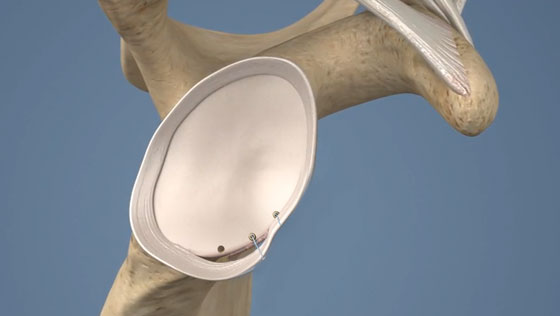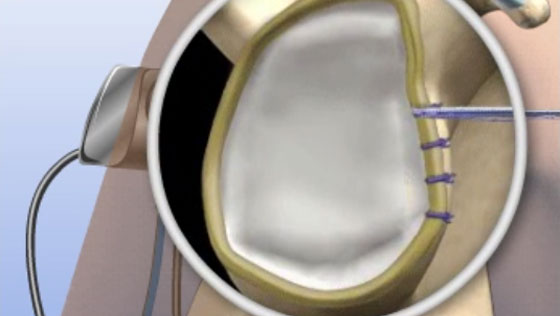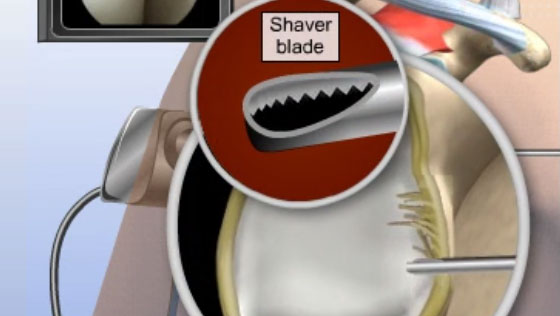What is SLAP Lesion Repair
SLAP lesion repair (also called SLAP tear repair) is a surgical procedure that is typically performed arthroscopically in order to repair injury to the upper portion of the labrum of the shoulder.
Key statistics about SLAP Lesion Repair
- The shoulder joint is the most unstable joint in the entire human body[1]
- Approximately 60-70% of patients who undergo SLAP lesion repair return to their prior level of shoulder function[2]
- 6-26% of patients undergoing diagnostic shoulder arthroscopy are discovered to have SLAP lesions[2]
Expert Insights
Understanding Labral Tears - Daniel Cooper, MD
Shoulder Anatomy
The shoulder is a ball-and-socket joint formed by three bones: the humerus, the scapula, and the clavicle.

The labrum is a thick piece of cartilage that helps keep the ball of the shoulder joint in the socket, or glenoid of the scapula.

Why is SLAP Lesion Repair performed?
SLAP stands for Superior Labrum Anterior and Posterior. Traumatic injury or repetitive movement can cause the upper (superior) portion of the labrum to be torn or detached from the underlying bone. This labrum injury is known as a SLAP lesion or SLAP tear. The tendon of the biceps muscle can sustain damage as well. SLAP lesions can cause shoulder pain and affect shoulder function.
SLAP lesion repair is an effective procedure performed to alleviate pain and restore shoulder function due to SLAP lesions.
Who needs SLAP Lesion Repair?
SLAP lesions can result from traumatic injury, repetitive overhead movement from participation in certain sports, or wear and tear over time as a normal consequence of aging.
SLAP lesion repair is necessary to address labrum damage that cannot be treated with nonsurgical measures.
How is SLAP Lesion Repair performed?
- The surgeon will make small incisions around the shoulder joint and the arthroscope will be inserted into one of the incisions.
- Saline solution is pumped into the joint to expand it and improve visualization.
- Images from the arthroscope are sent to a video monitor where the surgeon can see inside the joint.
- The labrum is reattached to the glenoid using sutures and anchor-like devices.
- Finally, the saline solution is drained, instruments are removed, and the incisions are closed using sutures.
What are the risks of SLAP Lesion Repair?
Potential risks from SLAP lesion repair may include:
- Infection
- Nerve damage
- Shoulder stiffness
- Recurrent shoulder instability
How long does it take to recover from SLAP Lesion Repair?
-
24 hours after surgery
Most patients are able to return home the same day as their procedure. A physical therapy routine will be established by the surgeon and physical therapist, and pain medication may be prescribed. A sling will be provided, but it is important that prescribed exercises are followed in order to prevent the development of any weakness or stiffness. -
2 weeks after surgery
Any non-dissolvable sutures are removed and bruising and swelling begin to subside. -
6-8 weeks after surgery
Most patients are able to discontinue use of the sling and resume most daily activity. -
4-6 months after surgery
Most patients are fully recovered from SLAP lesion repair, though it may take some patients up to 12 months to fully recover.
What are the results of SLAP Lesion Repair?
SLAP lesion repair is a safe and effective procedure performed to alleviate pain and restore shoulder function to patients with superior labrum damage.
Find an Orthopedic Doctor in Your Area





